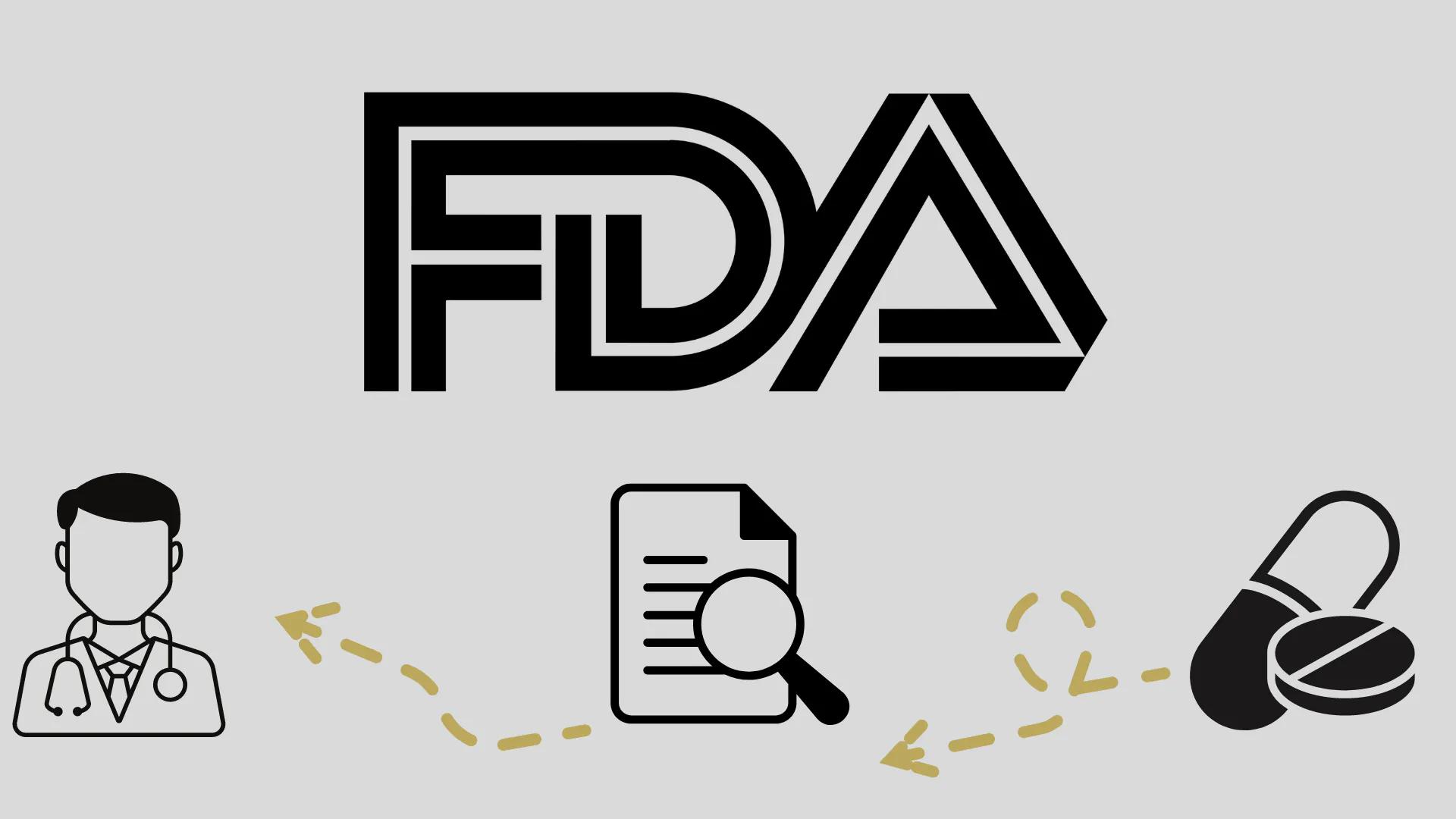
FDA Grants Accelerated Approval to Talquetamab for RRMM

Data from the phase 2 MonumenTAL-1 study support the accelerated approval of talquetamab in patients with relapsed/refractory who have received at least 4 prior lines of therapy.
- Talquetamab-tgvs (Talvey) is approved under accelerated approval based on response rate and durability of response.
- The continued approval for talquetamab is contingent upon confirmation of clinical benefit in confirmatory trials.
- This approval marks the fifth innovative therapy and second bispecific antibody to be granted FDA approval for the treatment of multiple myeloma (MM).
The FDA has granted accelerated approval to talquetamab, a first-in-class bispecific antibody, for the treatment of adult patients with relapsed or refractory MM who have received at least 4 prior lines of therapy, including a proteasome inhibitor, an immunomodulatory agent, and an anti-CD38 antibody.1
“There is a significant need for other targets beyond BCMA, and GPRC5D is one of those targets, and talquetamab is a bispecific antibody that is directed against GPRC5D. There’s also another agent that’s a bit behind in development that is a bispecific antibody directed against GPRC5D as well,” said Peter Voorhees, MD of Atrium Health during a Targeted Oncology™ Case-Based Peer Perspectives event earlier this year. “The interesting thing about GPRC5D, again, it’s a relatively plasma cell-specific marker, but it does appear to be expressed at higher levels in malignant plasma cells vs nonmalignant plasma cells, suggesting that it could potentially be somewhat more targeted against the malignant plasma cells vs the nonmalignant plasma cells. Whereas BCMA is expressed at high levels on both nonmalignant and malignant plasma cells.”
Findings from the phase 2 MonumenTAL-1 study (NCT04634552) support this regulatory decision as those enrolled in the trial given 4 or more prior lines of therapy and who were not exposed to prior T-cell redirection therapy (n = 187) had meaningful overall response rates (ORR).2 A total of 73.6% of patients treated with the biweekly dose of 0.8 mg/kg had an ORR (95% CI, 63.0-82.4).
With a median follow-up of nearly 6 months from the first response (range, 0-9.5) months from first response among responders, responses include very good partial response (58%) or better and complete response (33%) or better.
A total of 73.0% of patients (95% CI, 63.2-81.4) achieved an ORR when treated with the weekly dose of 0.4 mg/kg. With a median follow-up of nearly 14 (range, 0.8-15.4) months from first response among responders, 57% of patients achieved a VGPR or better, and 35% achieved a CR or better.
The median duration of response not reached in the 0.8 mg/kg biweekly dose group and was 9.5 months in the 0.4 mg/kg weekly dose group. Additionally, approximately 85% of responders treated treated with talquetamab 0.8 mg/kg biweekly maintained response for at least 9 months.
Among the 32 patients exposed to prior bispecific antibody or chimeric antigen receptor (CAR)-T cell therapy and had received at least 4 prior lines of therapy, 72% of patients 95% CI, 53-86) treated at the 0.4 mg/kg weekly dose at a median duration of follow-up of 10.4 months achieved an ORR, and an estimated 59% of responders continued to respond for at least 9 months.
Regarding safety, the most common adverse events (AEs) seen in ≥20% were pyrexia, cytokine release syndrome (CRS), dysgeusia, nail disorder, musculoskeletal pain, skin disorder, rash, fatigue, weight decreased, dry mouth, xerosis, dysphagia, upper respiratory tract infection, diarrhea, hypotension, and headache. Grade 3 or 4 AEs most frequently reported in ≥30% of patients were lymphocyte count decreased, neutrophil count decreased, white blood cell decreased, and hemoglobin decreased.
Non-hematologic AEs observed in the study were oral toxicities (80%) with grade 3 occurring in 2.1%of patients. In addition, 62% of patients experienced weight loss. Serious AEs occurred in 16%, and fatal AEs were observed in 1.5%. Serious AEs deemed grade 3 or 4 occurred in 17% of patient, grade 3 or 4 decreased neutrophils was seen in 35%, decreased platelets in 22%, skin reactions in 62%, and grade 3 skin reactions in 0.3%. Nine percent of patients discontinued treatment due to an AE.
“There are a number of unmet need that remain in multiple myeloma. I still think this triple-class refractory population represents a very challenging group of patients to treat. I think we have to acknowledge that the limitations to the advances that have been made in this particular space. We have to acknowledge that there are limitations to CAR T-cell therapy, for example. Not everybody is going to be able to receive Idecabtagene vicleucel [Abecma] or ciltacabtagene autoleucel [Carvykti],” said Voorhees.









































